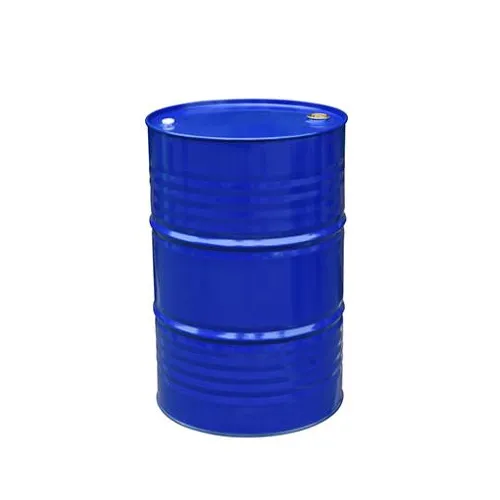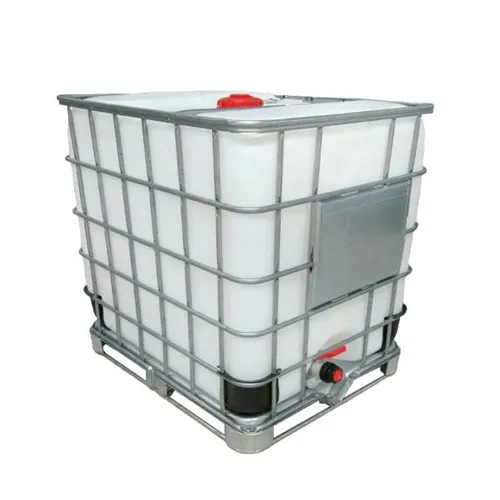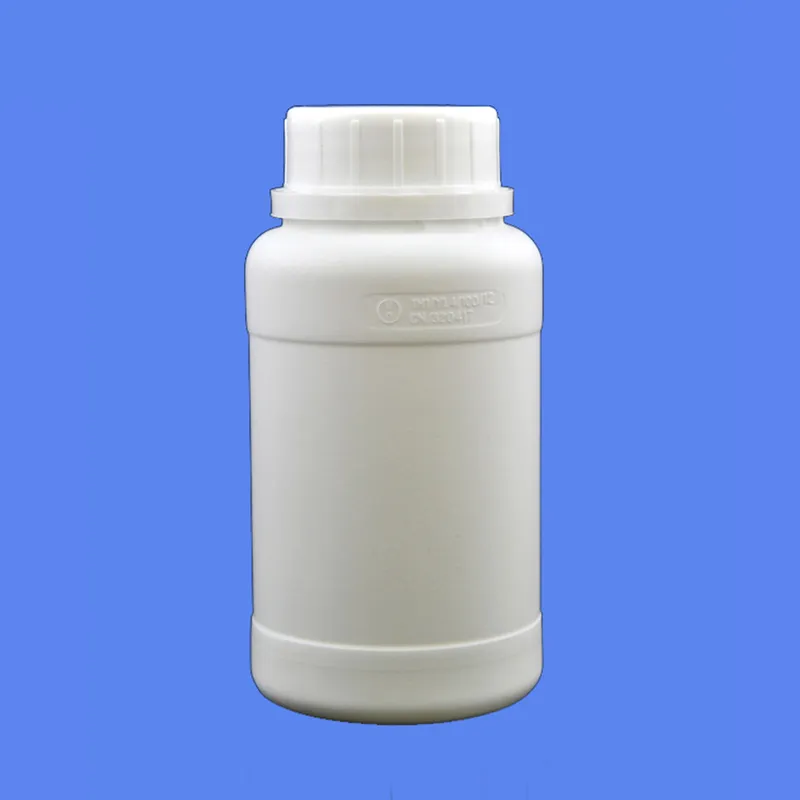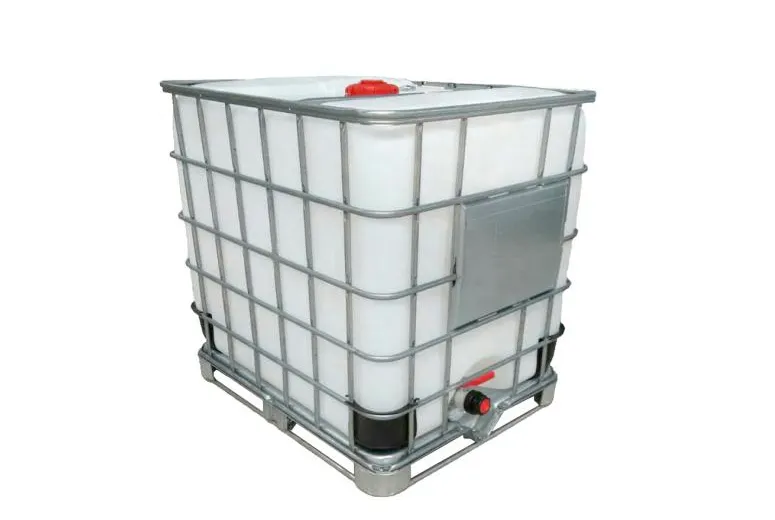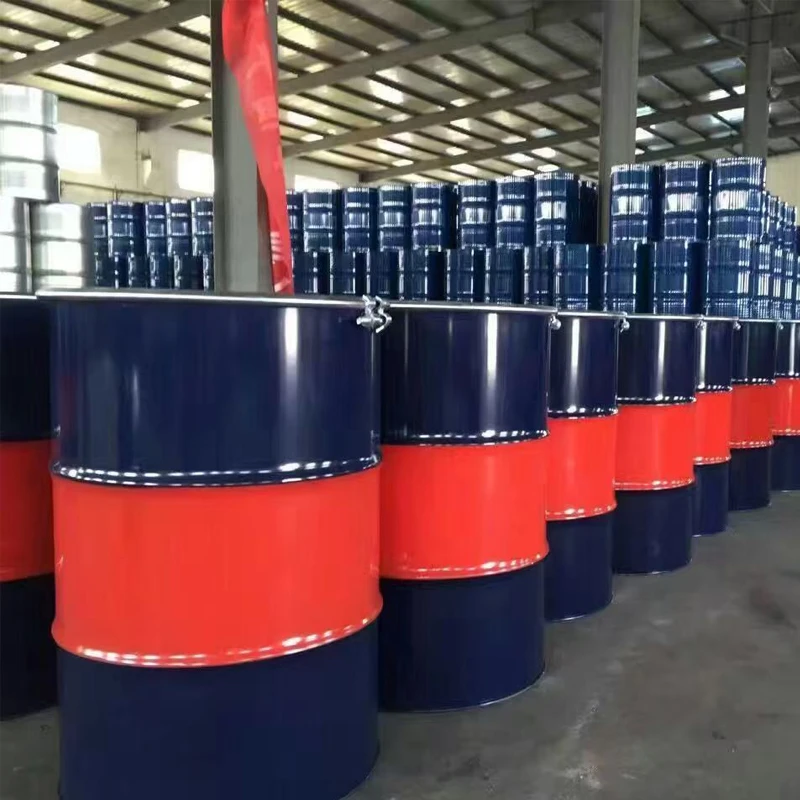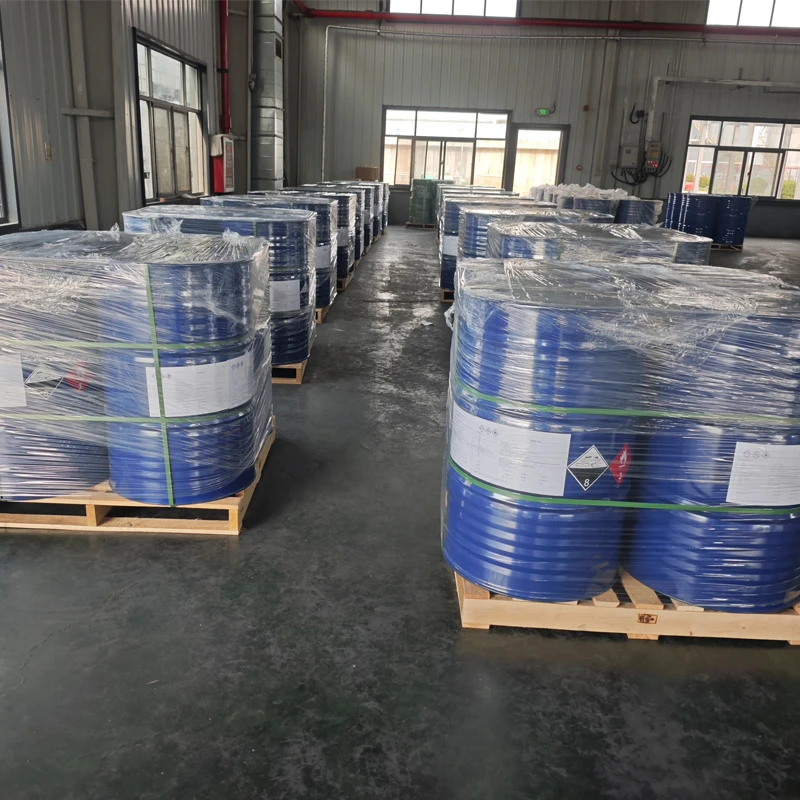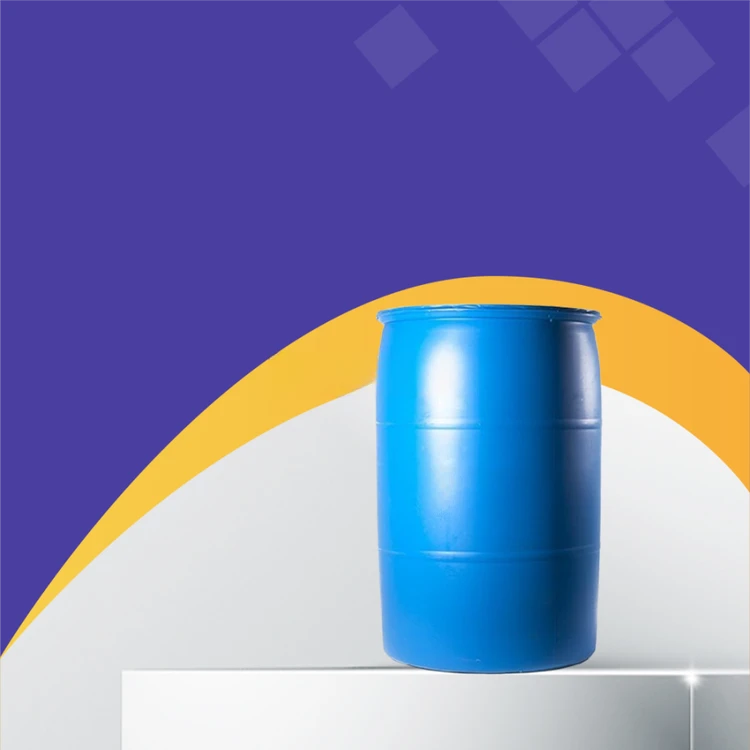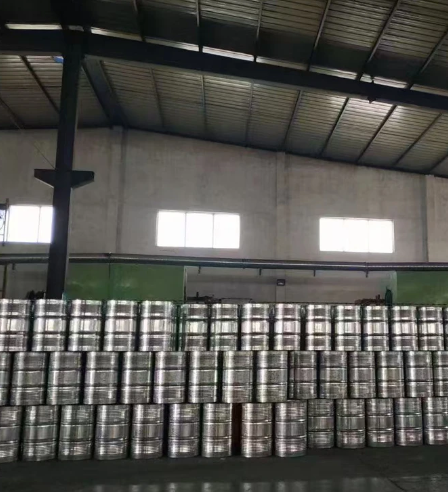Hegrecat DMDEE (2,2-dimorpholinodiethylether, CAS: 6425-39-4)
- Home
- Products
- Polyurethane
- Rigid Foam Catalyst
- Hegrecat DMDEE (2,2-dimorpholinodiethylether, CAS: 6425-39-4)
Appearance: Colorless to pale yellow liquid
Key Properties:
It has a relatively low viscosity, which ensures good fluidity during the production process, facilitating easy mixing with other raw materials. Its molecular structure, featuring two morpholine groups connected by an ethylene oxide bridge, endows it with unique catalytic properties. As a tertiary amine - based catalyst, DMDEE exhibits strong basicity, which enables it to efficiently promote the reaction between isocyanates and polyols. It is particularly active in accelerating the formation of urethane linkages, significantly reducing the reaction time required for polyurethane synthesis. Moreover, DMDEE has excellent thermal stability, allowing it to maintain its catalytic activity under a wide range of processing temperatures, which is crucial for large - scale industrial production. It also has good solubility in common organic solvents used in polyurethane manufacturing, such as polyols and some diluents, ensuring homogeneous distribution within the reaction system.
Applications
One - Component Polyurethane Sealants and Adhesives: DMDEE is widely used in one - component polyurethane sealants and adhesives. Its catalytic action enables these products to cure upon exposure to moisture in the air. In construction applications, such as sealing joints in buildings, DMDEE - catalyzed sealants provide strong adhesion to various substrates like concrete, glass, and metal. They offer excellent weather resistance and durability, maintaining their sealing performance over long periods. In the automotive industry, these adhesives are used for bonding interior components, where the fast - curing property promoted by DMDEE helps in streamlining the production process.
Rigid Polyurethane Foams: In the production of rigid polyurethane foams for insulation purposes, DMDEE plays a vital role. It promotes both the polyol - isocyanate reaction and the blowing reaction (when water is present as a blowing agent). This results in the formation of a fine - celled and closed - cell structure in the foam. The closed - cell structure enhances the foam's thermal insulation properties, making it ideal for use in refrigerators, freezers, and building insulation panels. For example, in sandwich panels used in cold storage facilities, the use of DMDEE - catalyzed rigid foam ensures low heat transfer, thus maintaining the desired temperature inside.
Flexible Polyurethane Foams: Although less common than in rigid foams, DMDEE can also be used in flexible polyurethane foam production as an auxiliary catalyst. It contributes to the formation of a more uniform cell structure, which in turn improves the foam's resilience and comfort. This makes it suitable for applications in furniture upholstery, where the foam needs to provide long - lasting support and comfort.
Our DMDEE product is of the highest purity, ensuring consistent and reliable catalytic performance. Stringent quality control measures are implemented throughout the production process, allowing customers in the polyurethane manufacturing field to produce high - quality products with excellent performance, giving them a competitive edge in the market.
Package
Drum or IBC tote
Complete Control Over Products Allows Us To Ensure Our Customers Receive The Best Quality Prices And Service.

If you are interested in our products, you can choose to leave your information here, and we will be in touch with you shortly.

